Understanding the concept and rating system of ‘Green Buildings’

According to World Green Building Council, a green building is a building that in its design, construction or operation, reduces or eliminates negative impacts, and can create positive impacts, on our climate and natural environment. Elements of Green Buildings are Materials, Energy System, Water Management and Health Components. Let's consider materials and energy system.
Materials
Materials for a green building have to be obtained from natural, renewable sources that have been managed and harvested in a sustainable way, or obtained locally to reduce the embedded energy costs of transportation, or salvaged from reclaimed materials at nearby sites.
Materials are assessed using green specifications that look at their Life Cycle Analysis (LCA) in terms of their embodied energy, durability, recycled content, waste minimisation, and their ability to be reused or recycled.
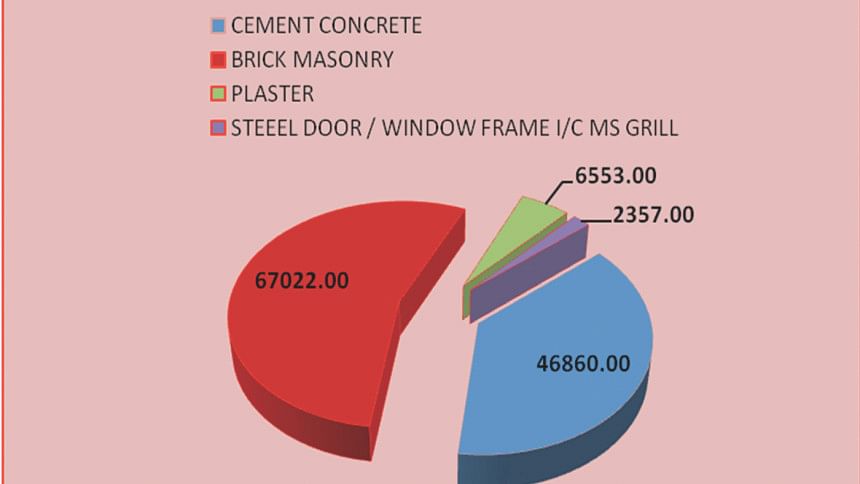
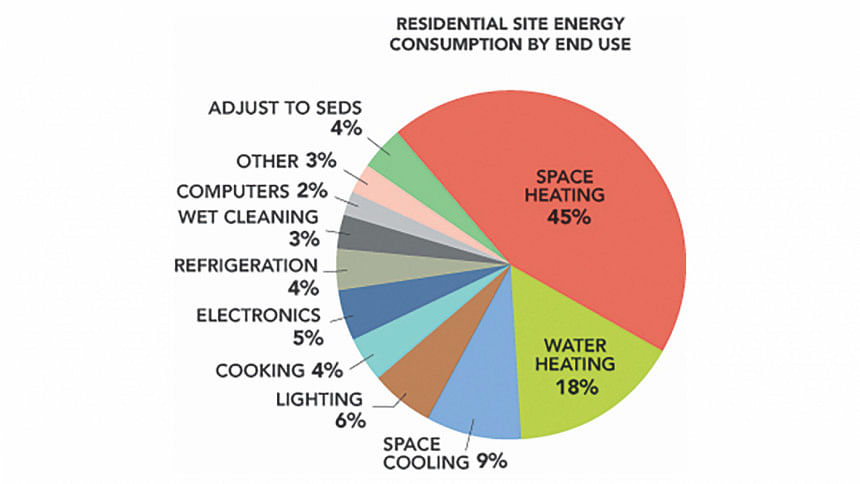
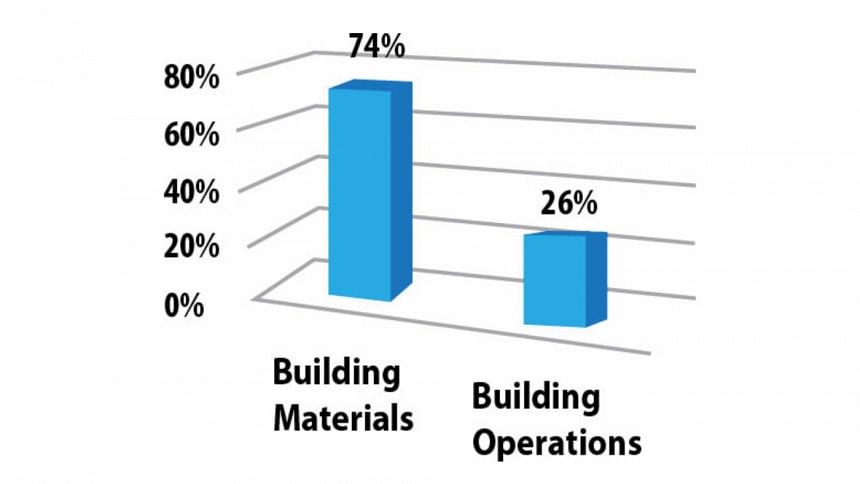
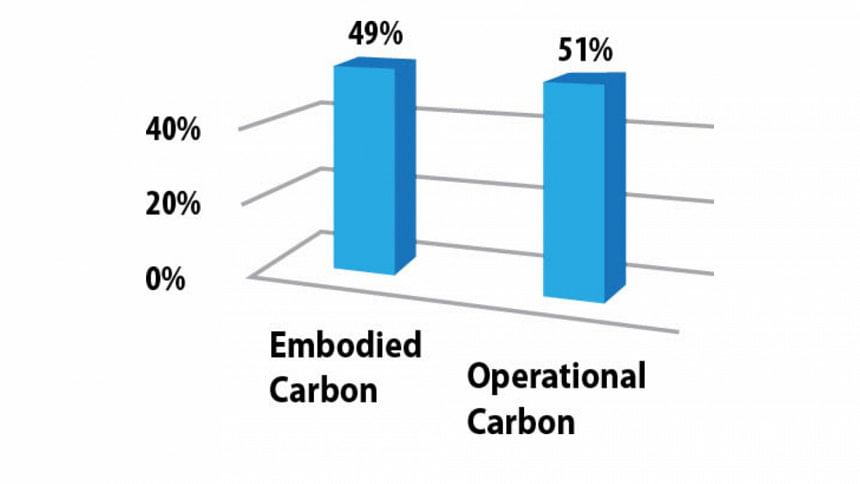
Energy system
Passive solar design reduces the heating and cooling costs of a building, as do high levels of insulation and energy-efficient windows. Natural daylight design reduces a building's electricity needs, and improves people's health and productivity.
From the above discussion, we can conclude that energy efficient low carbon emission is the key issue surrounding Green Buildings. Various tools for rating the greenness of a building are available but do we know which one is the most suited for Bangladesh? Is there any at all?
Most popular tools are Leadership in Energy and Environmental Design (LEED) developed by US Green Building Council and Building Research Establishment Environmental Assessment Method (BREEAM) by Building Research Establishment (BRE), a centre of building science in the United Kingdom. Similarly, lots of rating standards of other countries are available. To assess Bangladesh's buildings, we need to develop our own standards or adopt others' standards with the necessary tailoring as per our socio-economic, environmental and cultural needs.
As per energy consumption and carbon emission concerns, there are two types of energy consumption for a building structure. One is embodied and another is operating. Neither LEED nor BREEAM accounts for embodied energy, an accounting method which aims to find the sum total of the energy necessary for an entire product life-cycle. As an example, LEED Green Building rating point distribution fields are as follows:
1. Sustainable sites–26 points
2. Water efficiency–10 points
3. Energy and atmosphere–35 points
4. Materials and resources–14 points
5. Indoor environment quality–15 points
6. Innovation and design process–6 points
7. Regional priority credits–4 points
Total is 110 points.
'Energy' in field 3 considers only operational energy and 'Materials' in field 4 addresses predominantly material recycling. It reveals that 'embodied energy' is not duly considered. Analyses of building energy systems are as follows.
Fig.1 shows that embodied energy due to brick masonry is 55 percent which indicates that countries like India or Bangladesh suffers from carbon emission due to brick masonry which does not account for present energy rating systems. Fig.2 shows that more than 70 percent of the total operational energy is due to heating and cooling alone which is not true for our country. We consume less than 30 percent of operational energy compared to that of the US. Fig.3 and Fig.4 show that 74 percent and 49 percent of energy consumption and carbon emission are embodied which is even more for Bangladesh. If we do not account for embodied energy in assessing carbon rating, results will be misleading. Therefore, analyses of energy systems for Bangladesh would be totally different from those of developed countries.
Conclusion
1. For a Green Building, associated embodied energy should be the prime consideration.
2. We have to develop our own tools for rating greenness of a building.
3. We should not follow western concepts because our socio-economic, cultural and climatic conditions are different.
4. Building materials responsible for high embodied energy should be avoided by replacing them with green materials.
5. No rating tool for assessing Green Buildings should be considered if it does not account for embodied energy with due importance.
6. Until LEED and BREEAM really start to focus on sustainable building certifications, meaning significant reductions in embodied impact, it seems unlikely that we will achieve much in the new building construction sector to reduce national as well as global impact.
Mohammad Abu Sadeque, PEng is Executive Director, Center for Housing and Building Research (HBRC).

 For all latest news, follow The Daily Star's Google News channel.
For all latest news, follow The Daily Star's Google News channel. 


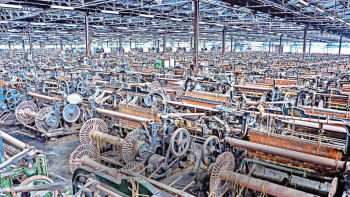
Comments